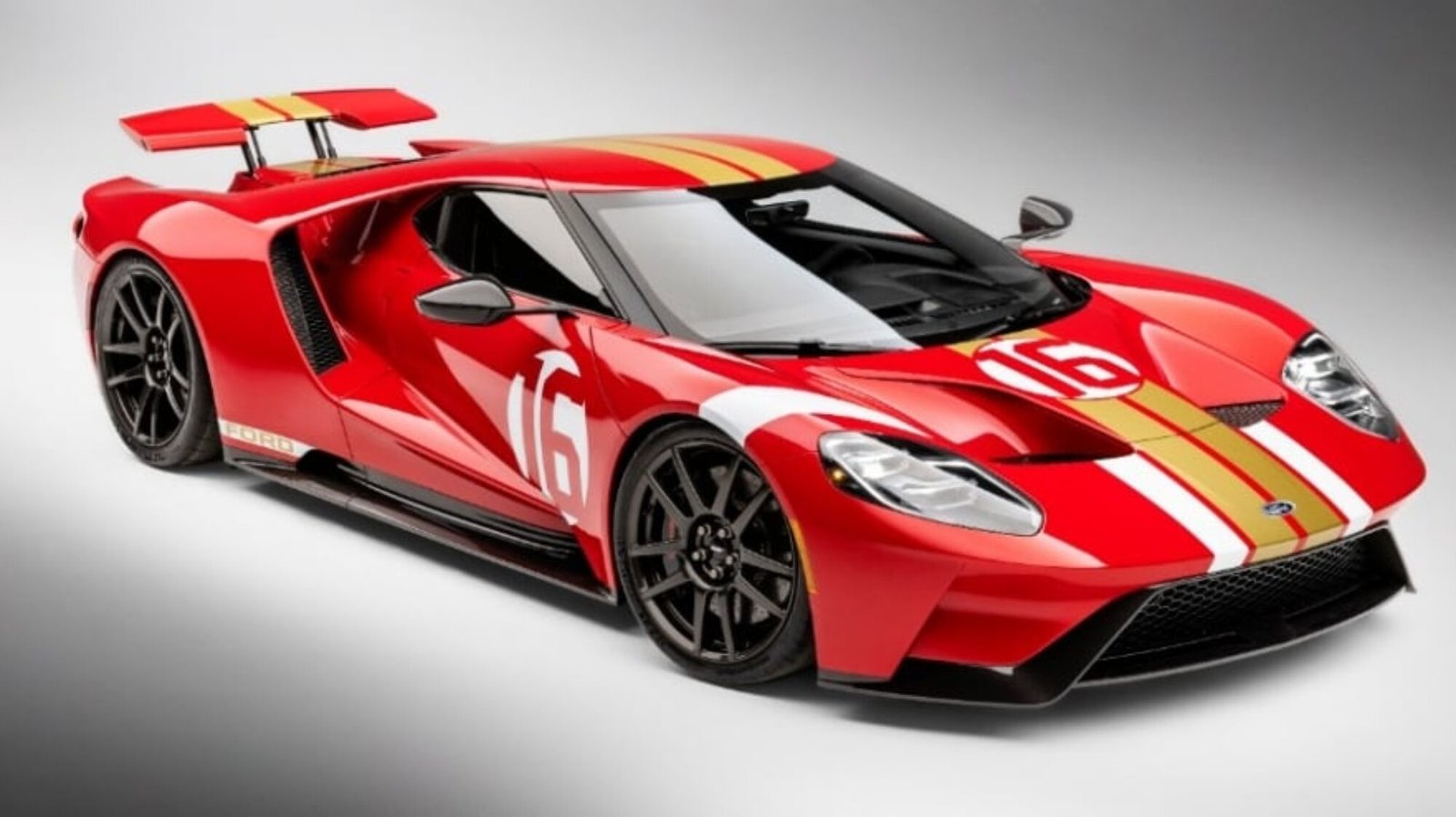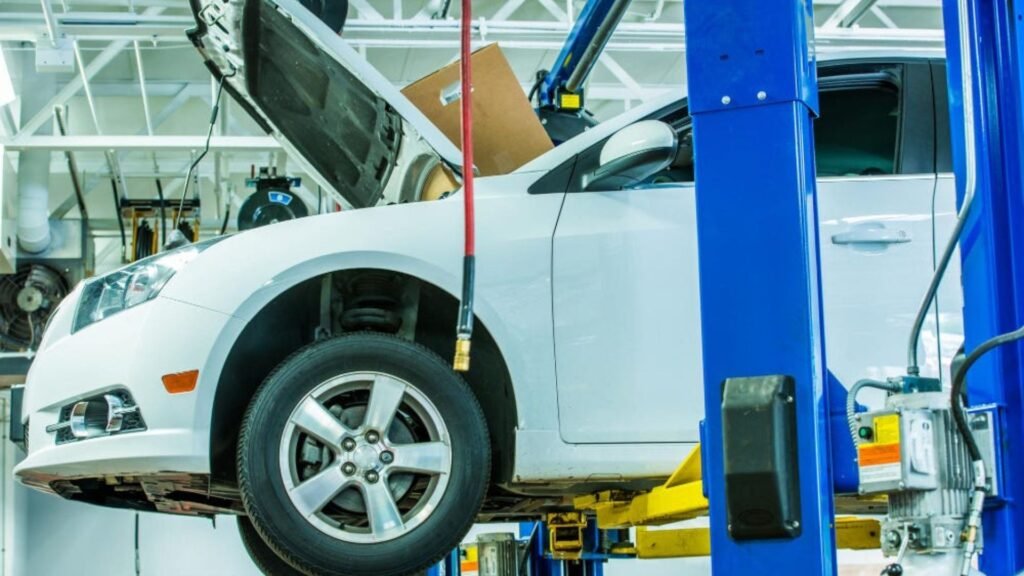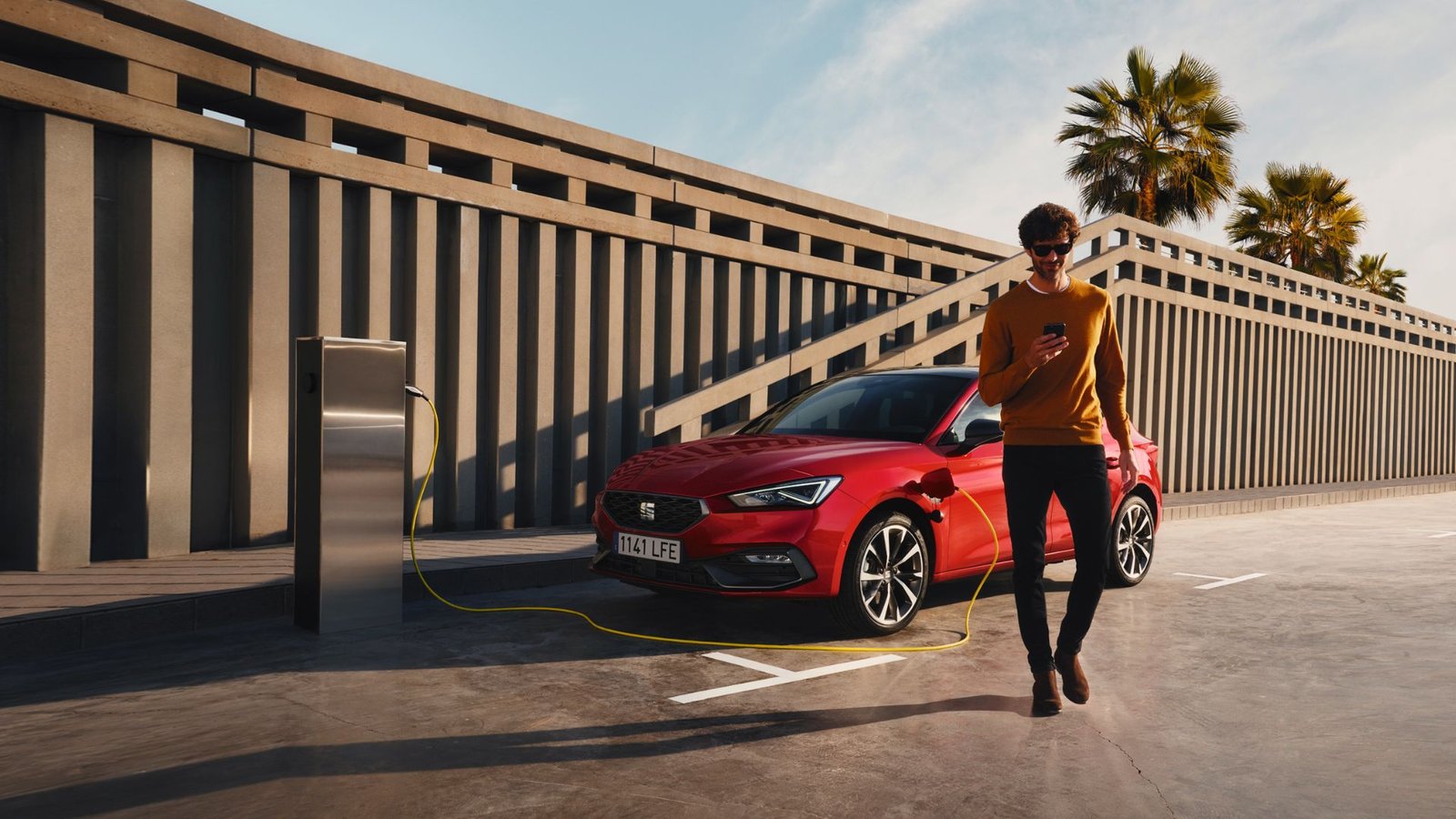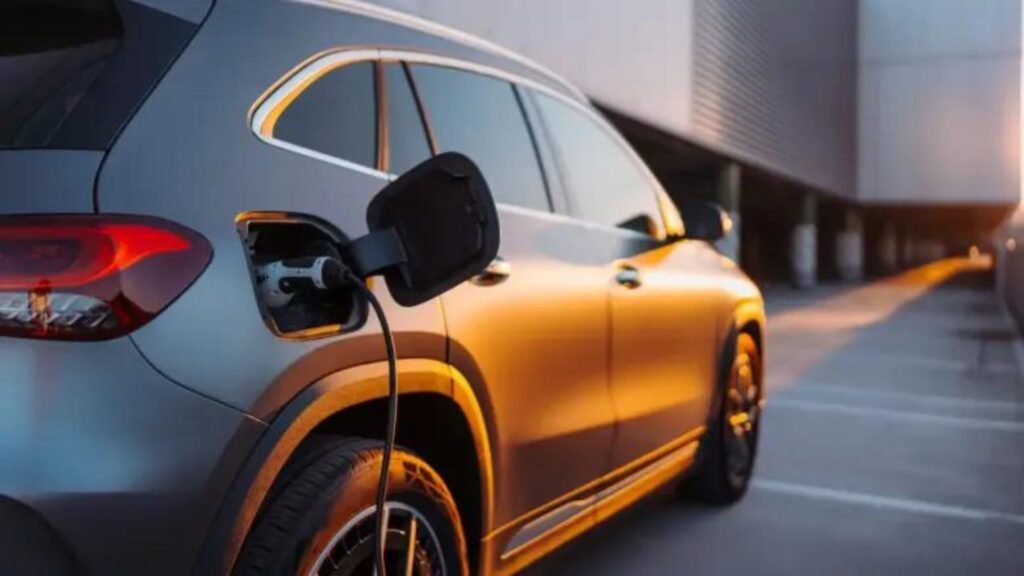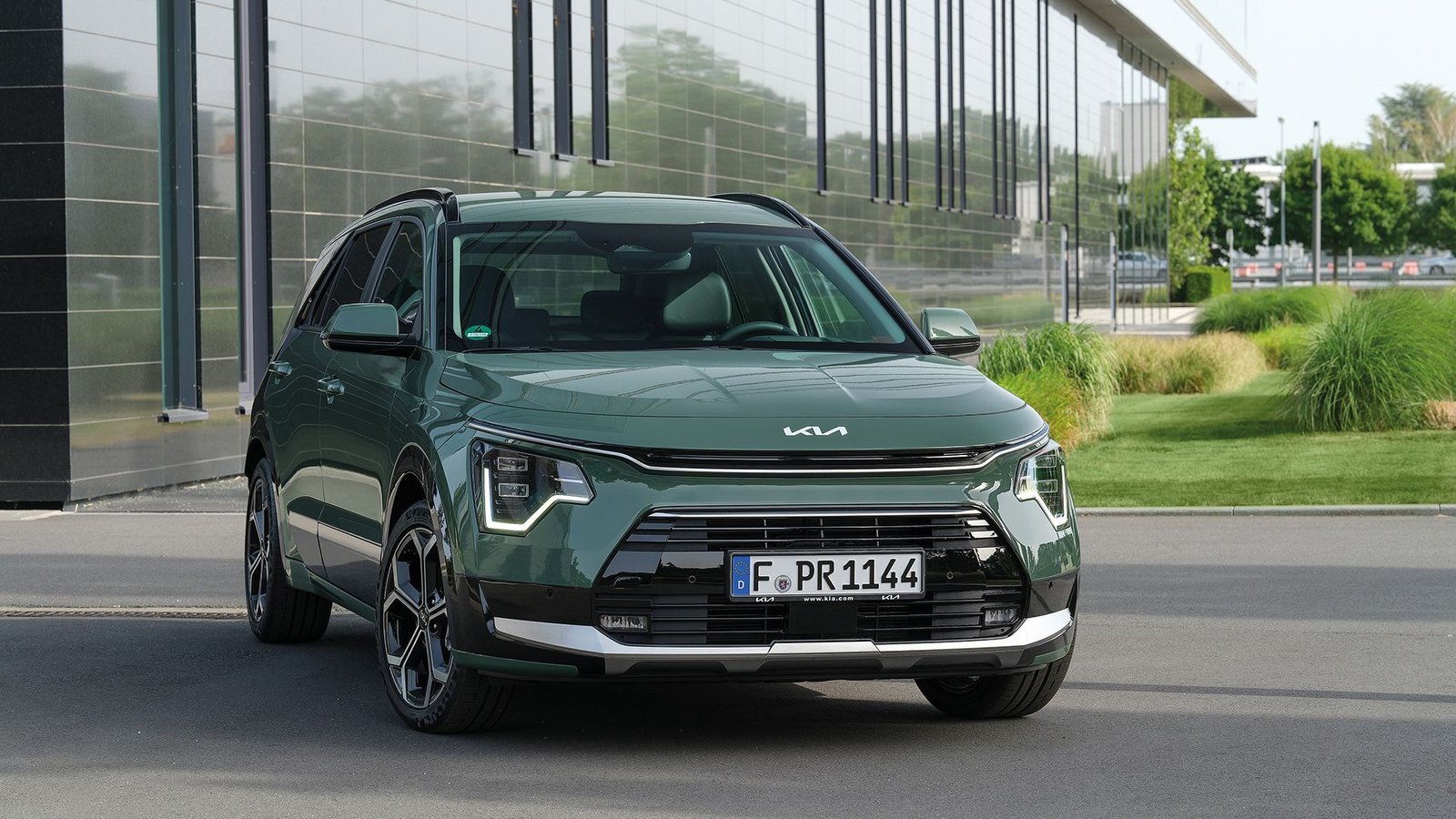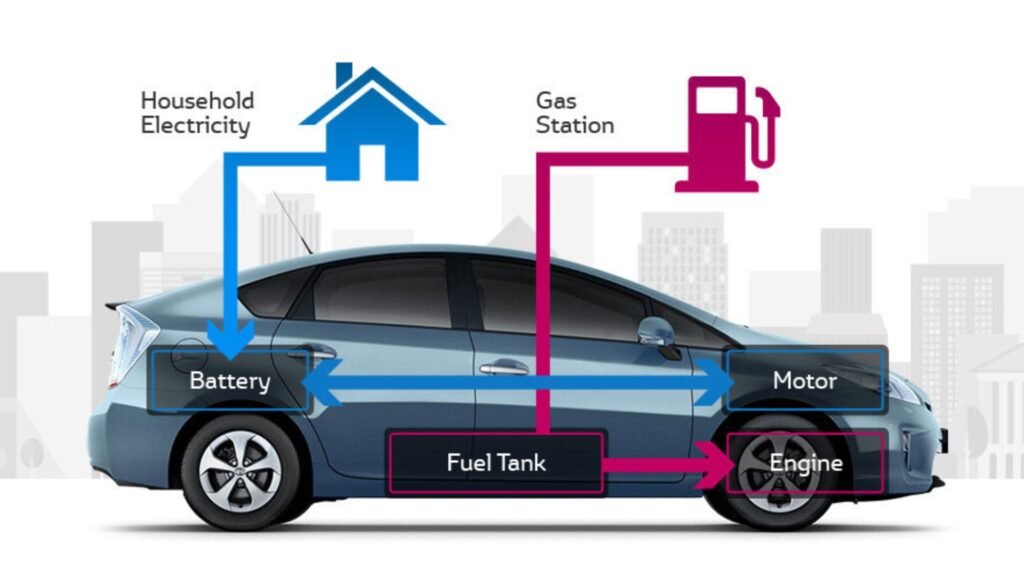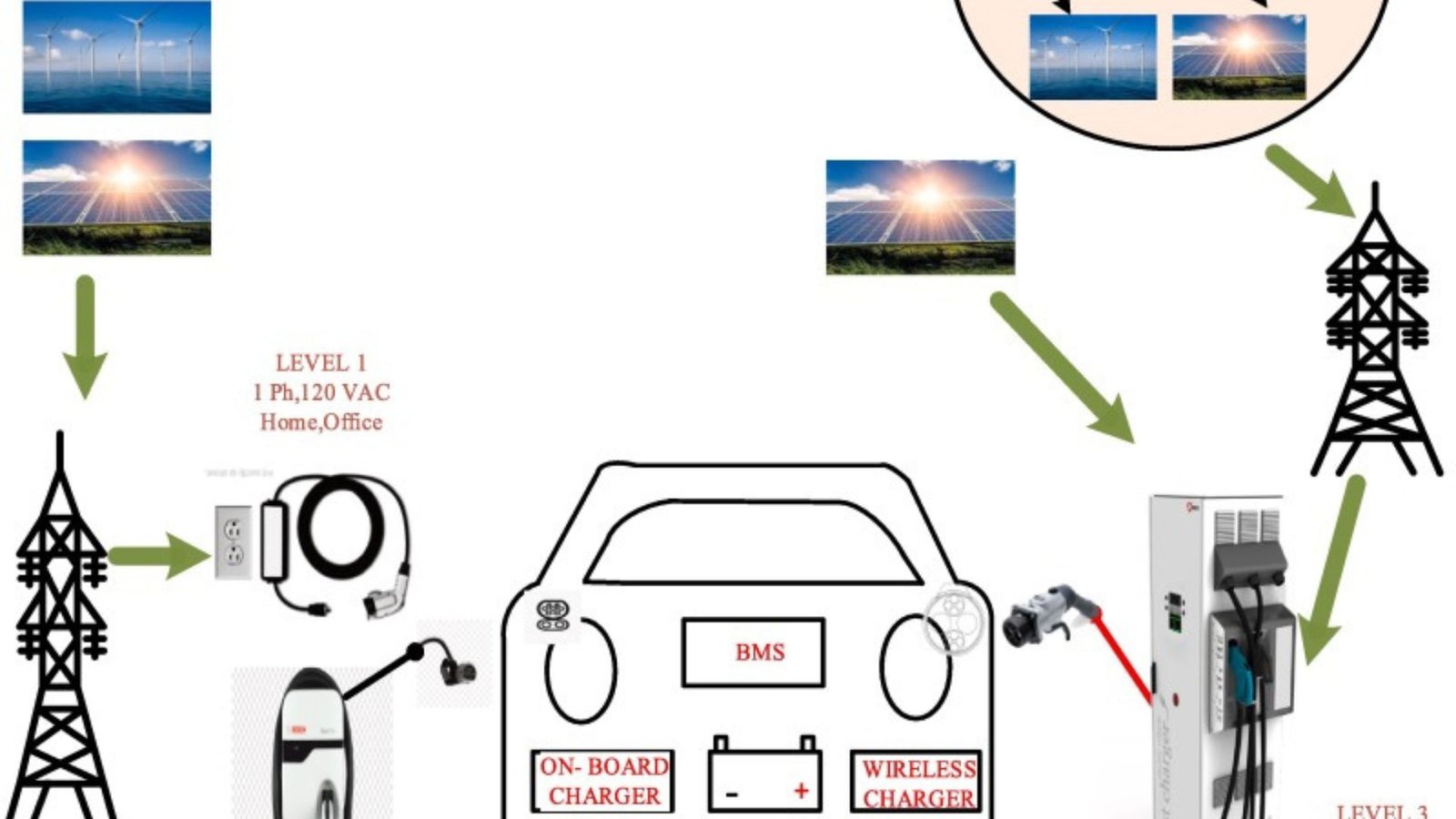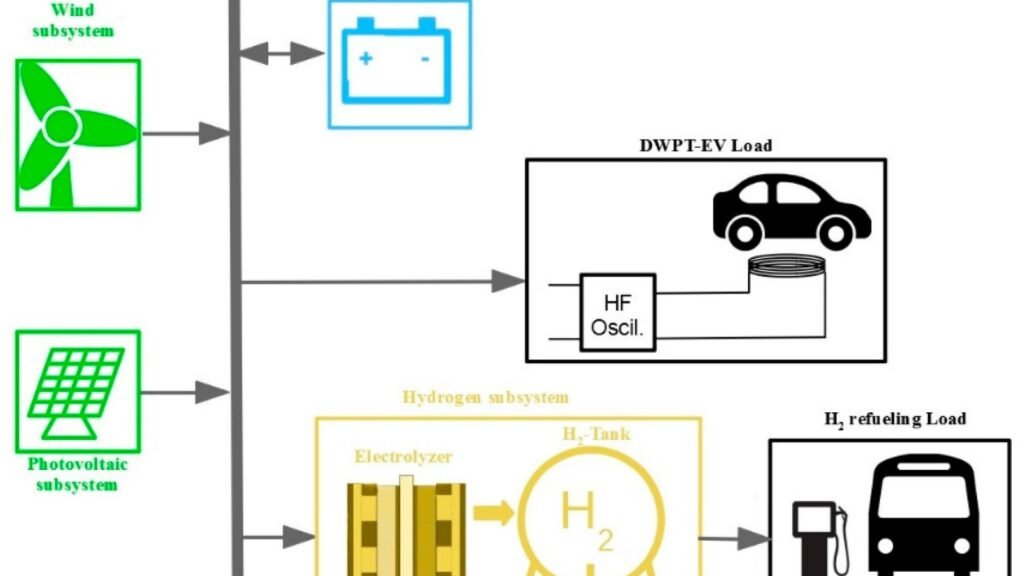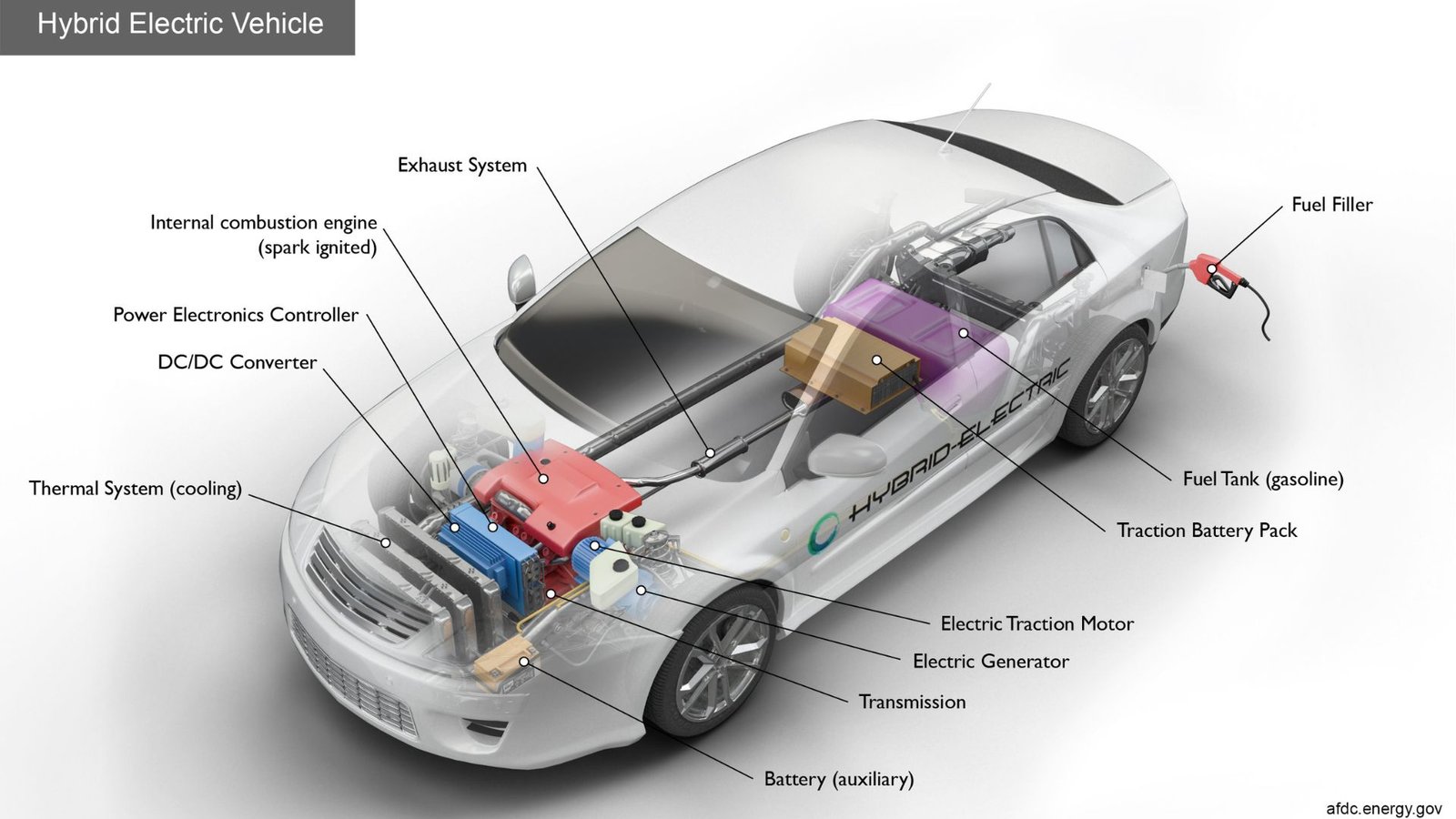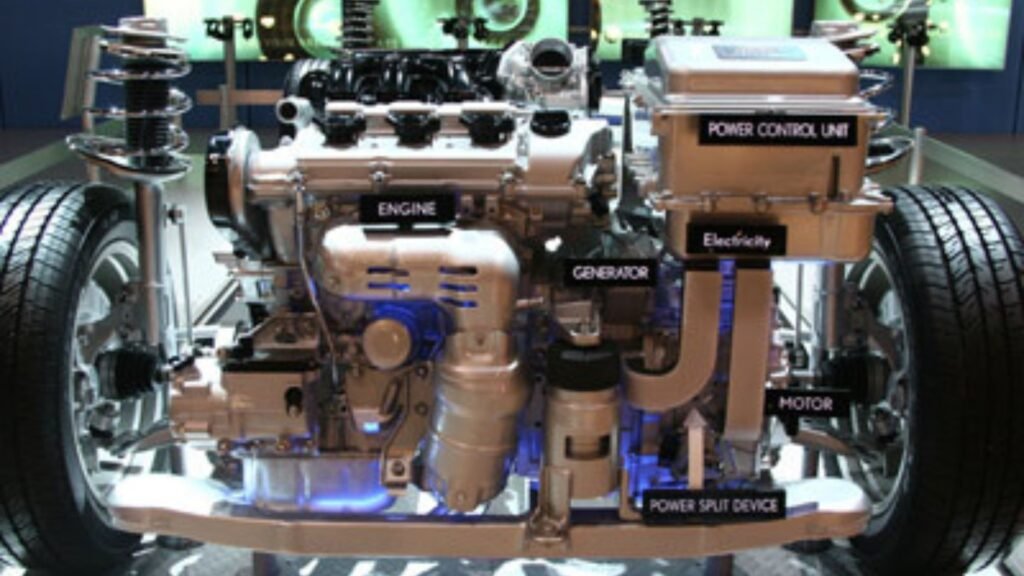Ratings of Hybrid Vehicles Consumer Satisfaction
Hybrid vehicles have become increasingly popular due to their fuel efficiency and environmental benefits. However, beyond these features, consumer satisfaction plays a crucial role in determining the overall success of hybrid models. In this article, we will explore the ratings of hybrid vehicles in consumer satisfaction. By examining how different hybrid models perform in terms of reliability, comfort, and overall owner satisfaction, you can gain valuable insights into which hybrids are truly worth considering.

1. High Marks for Reliability
Toyota Prius: A Leader in Reliability
First and foremost, when it comes to reliability, the Toyota Prius consistently earns top ratings. Many consumers praise the Prius for its durability and long-lasting performance. Owners often report driving their Prius for well over 100,000 miles without major issues. This reliability has made the Prius one of the most trusted names in the hybrid market. Additionally, the Prius regularly ranks high in consumer satisfaction surveys, reflecting its strong reputation among drivers.
Honda Insight: Another Reliable Option
Moreover, the Honda Insight also receives high marks for reliability. Similar to the Prius, the Insight is known for its robust build and dependable performance. Consumers appreciate the Insight’s low maintenance costs and the peace of mind that comes with owning a reliable vehicle. Overall, hybrid vehicles like the Prius and Insight have proven that they can be just as reliable, if not more so, than traditional gasoline-powered cars.
2. Comfort and Convenience
Lexus RX Hybrid: Luxury and Comfort Combined
Comfort is another key factor in consumer satisfaction, and the Lexus RX Hybrid excels in this area. This luxury hybrid SUV offers a smooth and quiet ride, making it a favorite among consumers who prioritize comfort. The RX Hybrid’s spacious interior, high-quality materials, and advanced technology features contribute to its high satisfaction ratings. Owners often highlight the vehicle’s comfort during long drives and its ability to handle various road conditions with ease.
Toyota Camry Hybrid: Practical and Comfortable
Similarly, the Toyota Camry Hybrid receives positive reviews for its comfort and convenience. The Camry Hybrid offers a well-designed interior with comfortable seating and user-friendly controls. Consumers appreciate the practicality of the Camry Hybrid, as it combines fuel efficiency with a comfortable driving experience. Whether for daily commutes or long road trips, the Camry Hybrid consistently earns high satisfaction ratings for its comfort and practicality.
3. Fuel Efficiency and Environmental Impact
Hyundai Ioniq: Leading in Fuel Efficiency
Fuel efficiency is one of the primary reasons consumers choose hybrid vehicles, and the Hyundai Ioniq stands out in this regard. The Ioniq is one of the most fuel-efficient hybrids on the market, which is a significant factor in its high consumer satisfaction ratings. Owners often express satisfaction with the money they save on fuel, making the Ioniq a popular choice for budget-conscious drivers who want to reduce their environmental impact.
Ford Escape Hybrid: Eco-Friendly and Efficient
In addition to fuel efficiency, the Ford Escape Hybrid also earns praise for its environmental benefits. This hybrid SUV offers a balance between fuel economy and performance, making it an attractive option for eco-conscious consumers. The Escape Hybrid’s ability to deliver a lower carbon footprint without compromising on power or versatility contributes to its high satisfaction ratings among hybrid vehicle owners.
4. Overall Owner Satisfaction
Toyota Highlander Hybrid: A Top-Rated Family SUV
When it comes to overall owner satisfaction, the Toyota Highlander Hybrid consistently ranks among the top hybrid vehicles. This family-friendly SUV offers a combination of reliability, comfort, and practicality, making it a favorite among consumers. The Highlander Hybrid’s ability to accommodate larger families while maintaining excellent fuel efficiency is often highlighted in consumer reviews. Additionally, the Highlander Hybrid’s advanced safety features contribute to its high satisfaction ratings, providing peace of mind for families on the road.
Kia Niro: Versatility and Value
Similarly, the Kia Niro receives strong overall satisfaction ratings from consumers. This compact hybrid SUV is praised for its versatility, value for money, and user-friendly technology. Owners appreciate the Niro’s ability to deliver a comfortable ride while offering the flexibility of an SUV. The Niro’s affordable price point, combined with its fuel efficiency and practical design, makes it a popular choice for hybrid vehicle shoppers seeking value without sacrificing quality.
Conclusion
In conclusion, hybrid vehicles continue to earn high ratings in consumer satisfaction across various categories. Whether it’s reliability, comfort, fuel efficiency, or overall value, hybrid models like the Toyota Prius, Lexus RX Hybrid, and Hyundai Ioniq consistently impress consumers. These vehicles demonstrate that hybrids are not only environmentally friendly but also provide a satisfying ownership experience. For those considering a hybrid vehicle, these models offer a blend of reliability, comfort, and efficiency that can meet the needs of a wide range of drivers. By choosing a hybrid with strong consumer satisfaction ratings, you can enjoy the benefits of modern technology while driving a vehicle that fits your lifestyle.
